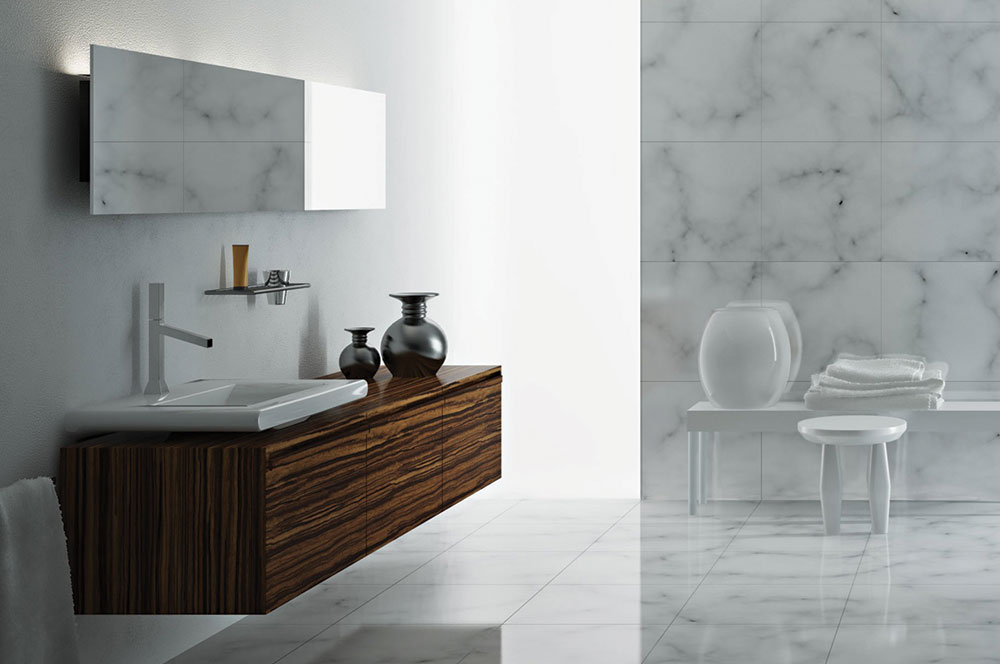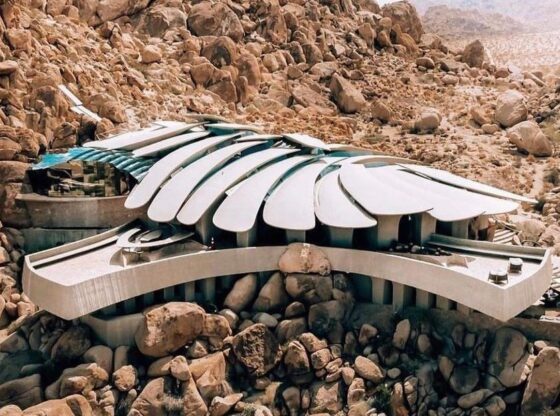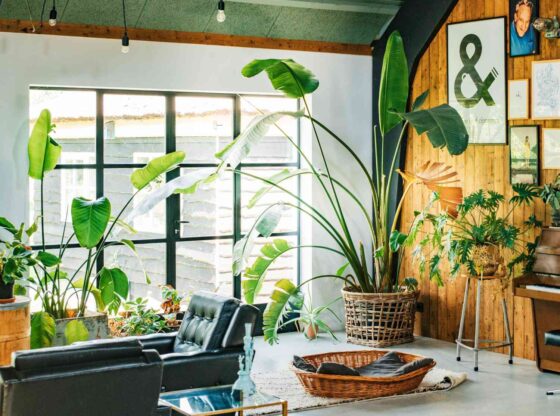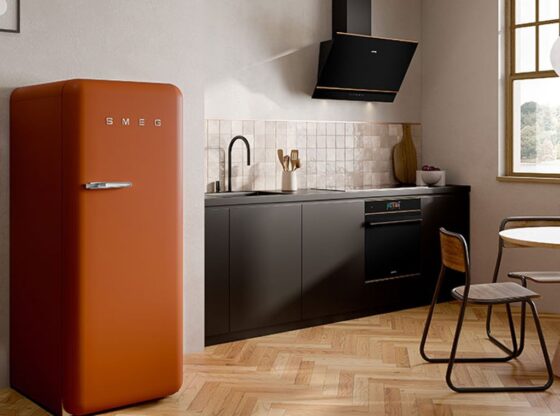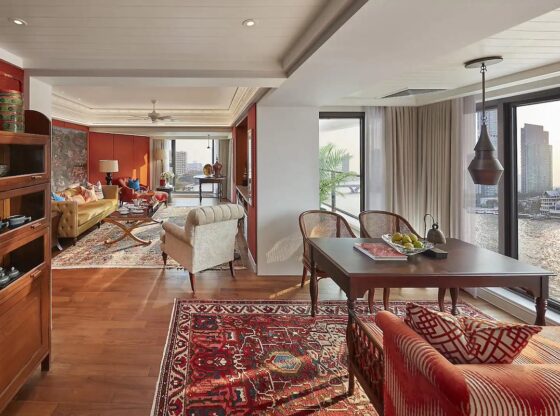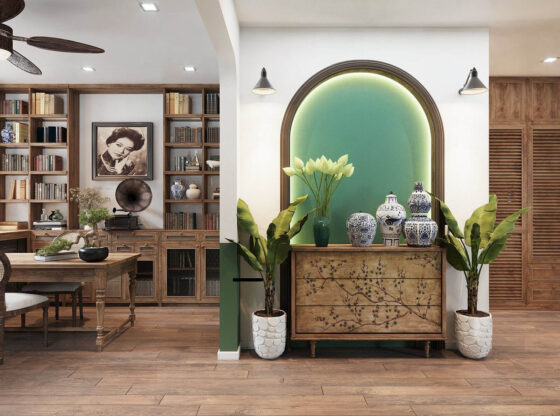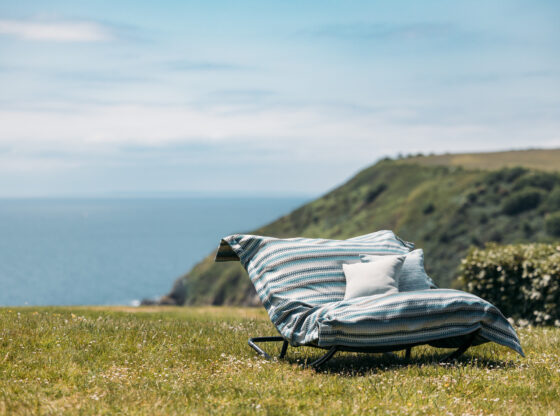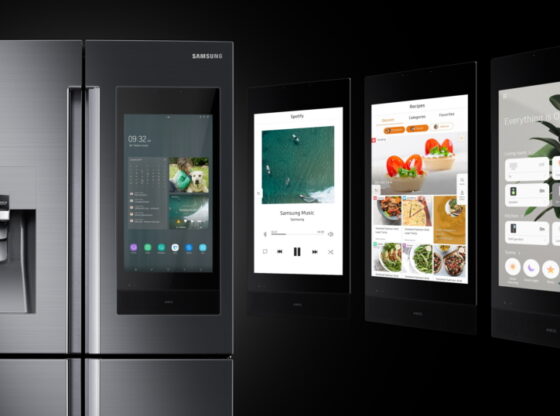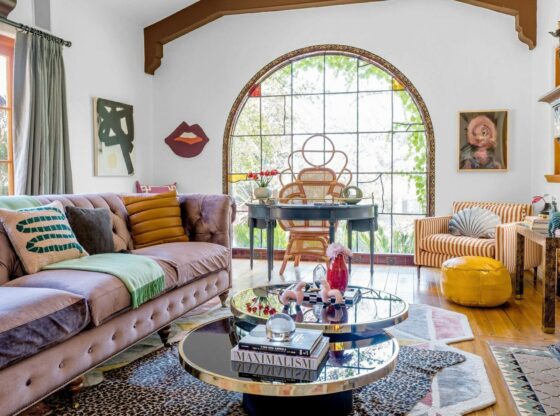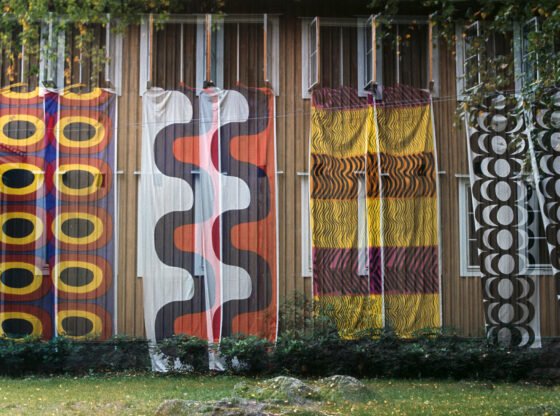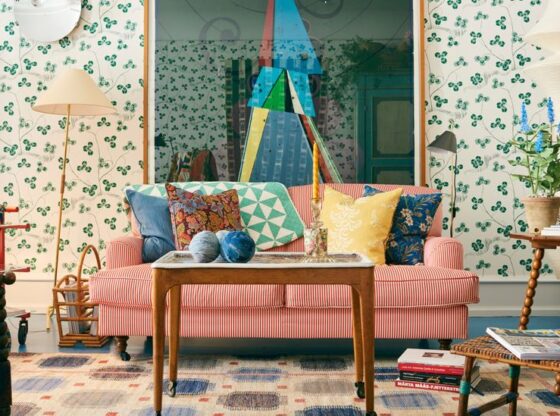![]()
The Loo, The Bog, The water Closet, The Comfort Room, The Hong Nam…no matter what you call them, nowhere does the marriage between form and function show itself more than in a bathroom.
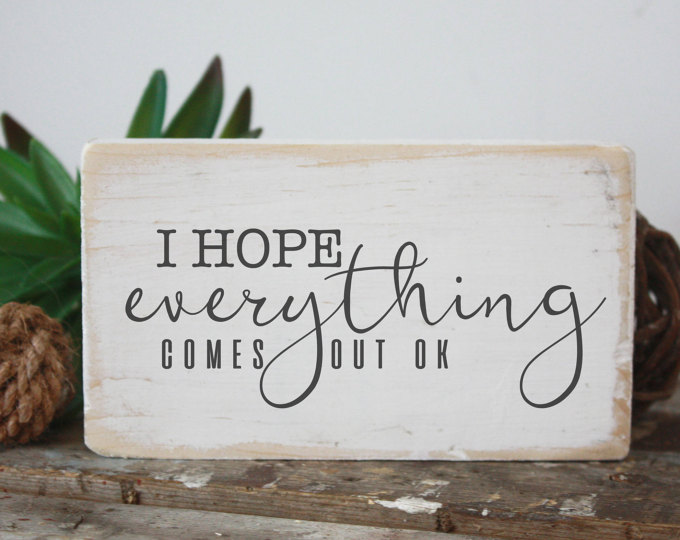
It is imperative that you have a firm grasp on what looks good versus how this facility will actually get used. Installing a bathtub when you know you’ll never use it is a waste of time, money and space.
However, if you plan to rent and/or eventually sell a home with 3 bedrooms or more, at least one bathroom with a tub could make a big difference as your clientele is more likely to include families. Women and children use bathtubs; men generally do not. Fancy stuff like rain-head showers and Jacuzzis may be totally useless or absolutely necessary…depending on how they will be used and who is using them.
So, a toilet is a toilet right?
Go to a local home mega-store and witness the wide variety of sizes, shapes style and prices, Just what is it makes one toilet cost 2,500 baht and the next one cost 25,000?
Chances are the cheaper toilet has a plastic seat, plastic inner-workings, and plastic flush handle not to mention the fact that is it molded in a style that hasn’t changed in 50 years. The cheaper toilet probably doesn’t have some of the other features like water saving flush options and rust-proof floor bolts either.
Good quality toilets are available from local manufacturers like Nahm. You can get import quality and features at a reasonable price.
The same goes for wash basins and water taps.
Choose them as a set so they work well together. That tall faucet you like won’t work so well with a shallow sink and will have water splashing all over. Those sexy glass basins are great to look at, but don’t count on them to wear well.
Hearty ceramic is better.
Taps made of thin painted plastic may be easy on the wallet, but don’t hold up under heavy daily use. You don’t have to be extravagant; just don’t cross over the threshold between frugal and cheap.
With showers you should consider; space, drainage and maintenance. Consider space for the shower first…it’s the main thing you do in a bathroom. Give yourself a couple of square meters for ease of movement and water containment. Use non-slip flooring and wall tiles that are easy to clean.
That black slate looks really cool until you have to get the soap scum off of it.
Make sure your drain is big enough to handle the water flow. Remember big rain head showers allow a lot more water to flow, so consider how good your water pressure is properly drive it and how adequate the drainage is.
A combination shower tap that allow switching from overhead rain to hand held wand is a nice option for showers that service males and females.
Top four list shower tips:
First, if you have the space, create a ‘his and her” shower. Separate, or semi-separate showers is utilitarian and an eye-catching design choice. Bathrooms sell a place to the lady of the house and trust me; this can be a big selling point for women.
Secondly, in a fully tiled shower, soap scum, mildew and mold can be a maintenance nightmare.
Before you ever use a new shower, buy some good car wax in paste form and give your new shower a couple of coats and observe the water beading up.
Nasty shower invaders like soap scum and mold have a hard time attaching and you can just wipe them away.
Consider using mosaic tiles on a shower floor to aid in rapid drainage. Many shower designs employ a lip or step down to help collect water before it drained.
This can be unsightly and a safety hazard. Since mosaic tiles come in a flexible sheet, a more radical slope can be achieved and allow water to run in the right direction without the need to change the floor’s elevation. This allows for a functional shower with cleaner lines and less corners to clean gunk out of.
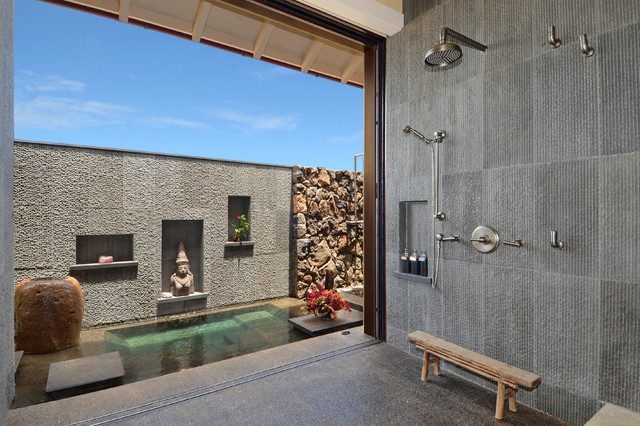
Avoid glass doors and shower curtains as they are always the dirtiest of any shower. Excessive lime content in our local water and soap residue cling to glass making it look cloudy and unclean from day one. Shower curtains are quite simply mildew magnets. Nasty and decidedly unstylish…avoid them at all costs.
Finish off your bathroom with storage that hides your stuff. And make sure you use waterproof material to build it. Nothing looks worse that disintegrating particle board in a brightly lit bathroom.
Counter tops are another place you need to pay attention to materials. Mable looks great but may not be able to stand up caustic chemicals used in a bathroom.
Abrasive toothpaste and some of harsher chlorine-based cleaning fluids necessary to sanitize bathrooms can wreck that beautiful surface in no time. Choose a tough granite or indestructible Corian because they can take the abuse.
One place you don’t want to scrimp is on a quality hot-water heater. One good German-made HW unit ultimately costs less than the cheap Chinese brand you’ll have to replace once a year.
Know how they work and make sure you get the size rated for the volume of water you intend for them to handle.
The hot water heater is the engine that drives a nice bathroom…don’t under-power it.
In the end, designing a bathroom is a personal choice. My advice is to think about how you actually live and use a bathroom and its fixtures.
The final expense has as much to do with what you don’t buy as what you do buy.
And please remember, the threshold between being ‘frugal’ and ‘cheap” can be unclear and easy to crossover.
Don’t cheat yourself.
By Bart Walters


